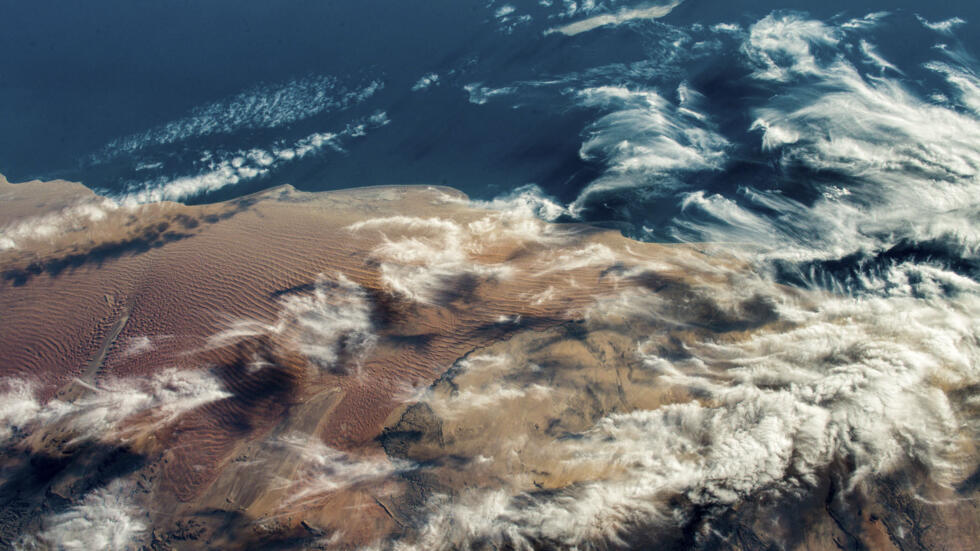Scientists puzzled by rising levels of banned ozone-depleting gases
Scientists have detected rapidly rising levels of five ozone-damaging chlorofluorocarbons, or CFCs, in the atmosphere. These are harmful chemicals have been banned globally since 2010 because of the threat they pose to the environment.
Issued on:

In a study published this week in Nature Geoscience , a team of international researchers said the source of the emissions needed to be investigated because, if left unchecked, they posed a threat to the climate.
Used mostly in air-conditioning, refrigeration, fire extinguishers and as aerosol propellants, CFCs are human-made greenhouse gases that are thousands of times more potent than carbon dioxide.
Their ability to degrade the ozone layer protecting the Earth from the Sun was a discovery that earned Mario Molina and Sherwood Rowland the Nobel Prize in Chemistry in 1995.
The global phase-out of CFCs between 1987 and 2010, under the Montreal Protocol, is seen as a triumph of environmental cooperation – with a UN report in January confirming the ozone layer was healing and is expected to recover by the 2060s.
Policy loophole
Despite the ban, three types of CFCs are still allowed be used as feedstocks to manufacture alternative chemicals such as hydrofluorocarbons (HFCs) – themselves dangerous greenhouse gases whose use is being reined in.
Companies using CFCs are supposed to destroy any leftover chemicals and ensure leaks are contained, while CFC feedstock material is meant to be almost nonexistent in the products it’s used to develop.
Nevertheless, scientists say the continued use of these three CFCs explains why their emission levels have risen in the atmosphere.
Mystery sources
More puzzling, however, are the origins of the two remaining CFCs (CFC-13 and CFC-112a), which are not needed to make HFCs and which have no current known uses.
“We don’t really know where it’s coming from, and that’s really a bit scary,” said report co-author Stefan Reimann, a researcher at the Swiss Federal Laboratories for Materials Science and Technology.
- IPCC scientists still hopeful of capping global warming at 1.5°C
- Companies not transparent enough on carbon emissions, says report
If emissions continue to climb, they risk negating some of the progress made in healing the ozone, as well as further contributing to dangerous levels of global warming.
“Emissions of these few gases are at the same level as the emissions of all greenhouse gases in Switzerland,” Reimann told journalists.
“Being from Switzerland that’s really something which boggles me.”
The report’s findings are to be discussed at a meeting of the Montreal Convention, with countries likely asked to investigate the source of the CFC emissions.
Daily newsletterReceive essential international news every morning
Subscribe